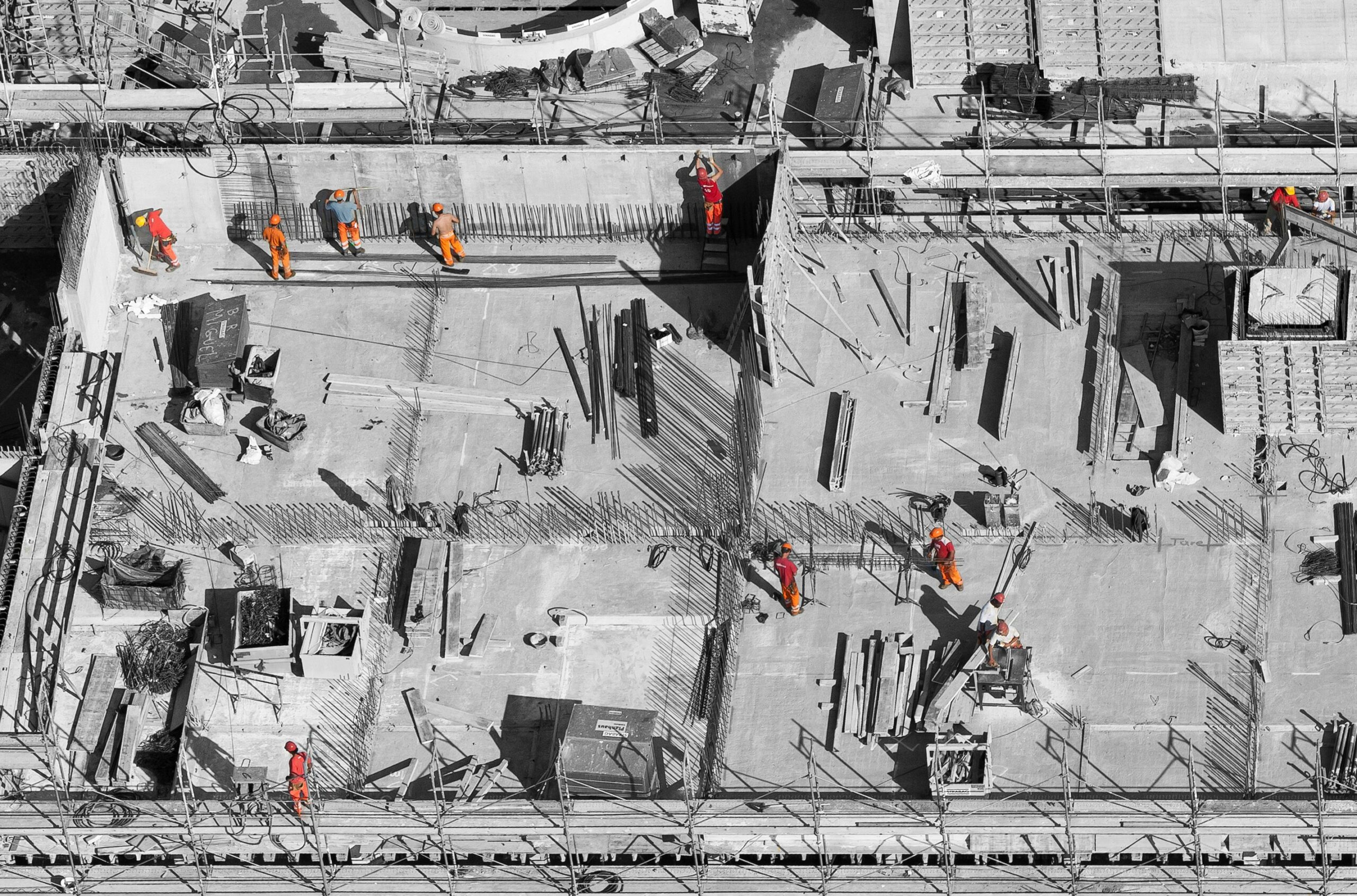
The Ministry of Finance’s recent proposal to amend the Property Tax Act has sparked significant debate and criticism. The proposed changes, aimed at redefining what constitutes a “structure” for property tax purposes, have raised numerous concerns among various stakeholders.
Reasons behind the changes
In a ruling last year (case no. SK 14/21), the Constitutional Tribunal declared the current definition of structures in the Property Tax Act as imprecise, leading to numerous disputes between taxpayers and municipalities. Structures are taxed at a rate of 2% of their value, which is the only instance in property tax law where the rate is not based on the area.
Proposed Changes
In response to the Tribunal’s ruling, the Ministry of Finance has prepared a new, more detailed definition of structures. This new definition aims to eliminate ambiguities and disputes, drawing heavily from established case law and the Construction Law. However, the proposal has met with substantial criticism from various sectors.
Criticisms and Concerns
1. Economic Impact:
– The Ministry of State Assets expressed concerns that the broadened scope of taxation could increase energy prices, impacting the cost of electricity and heating, and ultimately leading to higher prices for goods and services. This could also negatively affect investment processes in state-owned companies.
– The Ministry of Climate and Environment highlighted that including terms like “technical and utility whole” might lead to the taxation of photovoltaic panels and lithium-ion batteries, potentially hindering the development of energy storage systems critical for the national power grid.
2. Legislative Delays:
– The high number of objections — 100 opinions from various entities — suggests that the legislative process will be delayed. Optimistically, if the government approves the draft in September and parliamentary work is conducted in October, taxpayers will have only two months to prepare for the new regulations. This tight timeline raises concerns about the quality and preparedness for implementing such significant changes.
3. Specific Definitions:
– Experts have pointed out that terms like “technical and utility whole” are problematic. The Ministry has suggested replacing this with “building equipment,” but this term is also seen as vague and potentially problematic in terms of interpretation.
4. Infrastructure Taxation:
– There is an ongoing debate about whether network infrastructure, including transformers, transmitters, and pumping stations, should be classified as structures. Extending the definition to include such equipment could significantly broaden the scope of what is taxable, leading to increased tax burdens on various industries.
Ministry’s Response
In light of the many criticisms, the Finance Ministry has announced that it will make adjustments to the definitions of structures and buildings in the draft law. The goal is to provide clarity and precision, especially with regard to the definition of structures, so that there is no doubt about what is subject to taxation.
Conclusion
The proposed changes to the definition of structures in the Property Tax Act represent a significant legislative effort to address ambiguities and disputes in the current law. However, the widespread criticism from various ministries, industry experts, and other stakeholders highlights the challenges and potential unintended consequences of the new definitions. The Ministry of Finance’s willingness to revise the proposal is a positive step, but the final outcome remains to be seen as the legislative process continues.





